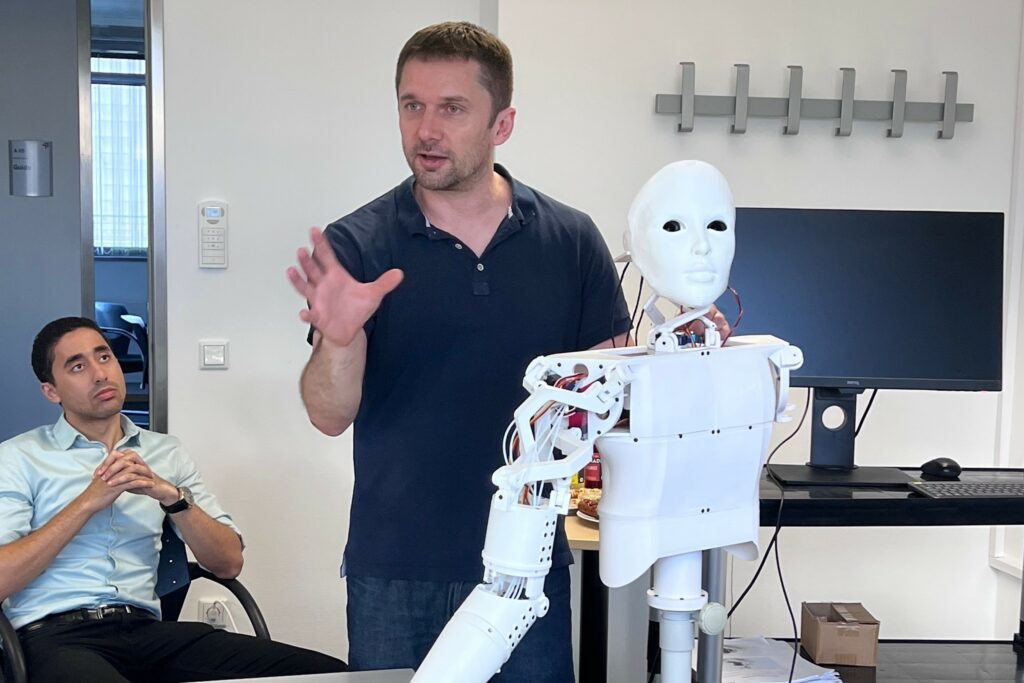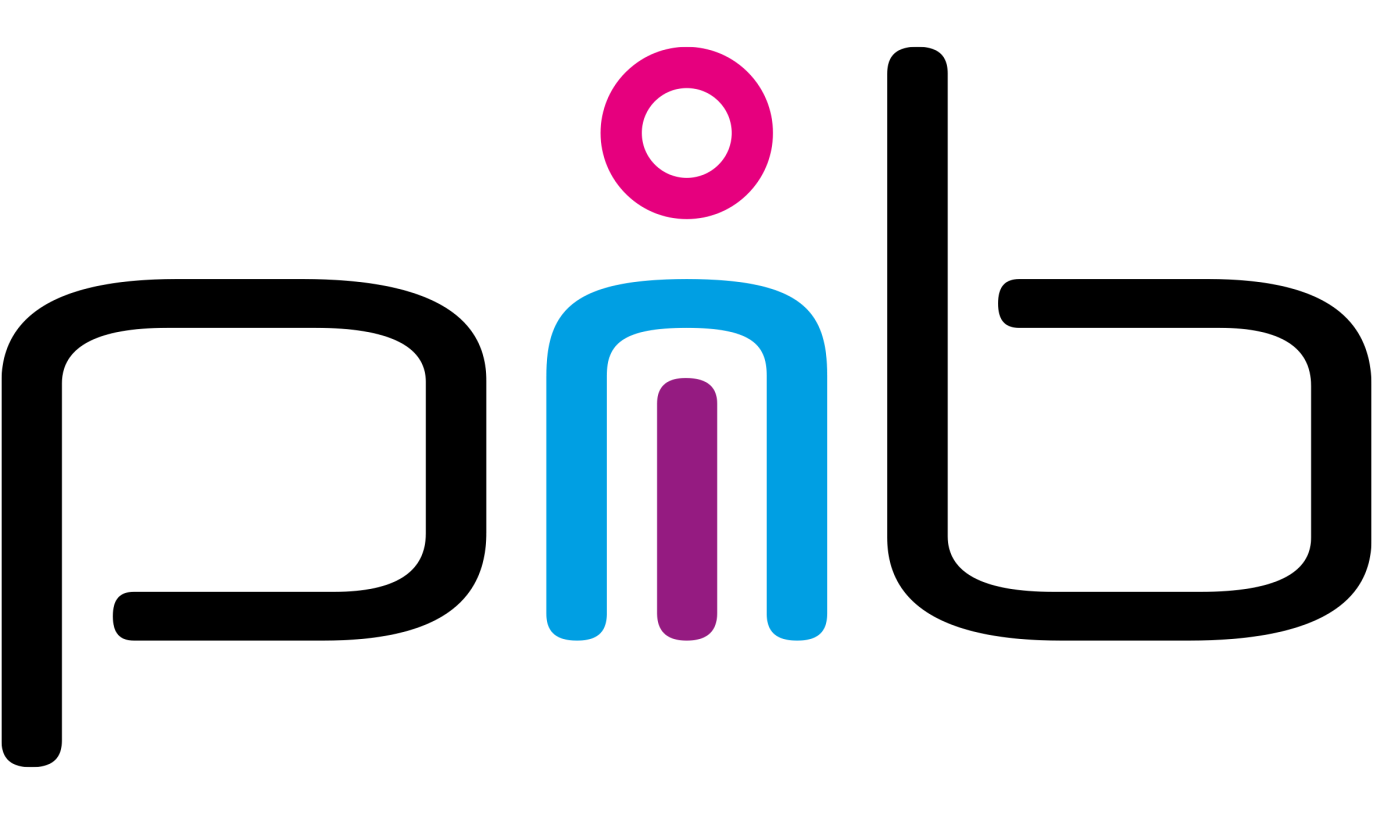
Introducing: A New Version Of pib – Made By Your Ideas
At our last pib.Lab, we got to announce lots of great news about the continuous development of our humanoid robot. We have been getting valuable input from our community during our last pib.Labs and are proud to show you now that the ideas you share really are implemented.
Don’t Stop When You’re Tired – Stop When You’re Done
During our “summer break” in August, we have worked on some major changes about our humanoid robot. There were some important things we wanted to get done before taking pib to the Maker Faire Hannover in mid-September. Alarm system statistics for our office space show for the time right before the fair that we hardly ever turned the alarm system on – meaning, our team was basically working around the clock, never really leaving the premises. 😃 The good news is: We got it all done just in time! It’s safe to say that not only pib rocks, but so does the entire team behind it.
One improvement we implemented with the help of some input by our community was pib’s new shoulder and neck mechanism. The motors to move the arm used to be in the lower arm itself. Wires were pulling on the fingers in one direction which created a very good experience in closing the fingers. But with motors in the lower arm, pib could not move its arm by much because the huge weight and the big lever made it difficult for the shoulder to lift the arm. In our first pib.Lab, the idea was developed to move those motors from the lower arm to the upper body. This would take care of the weight issue but more distance with wires to the fingers then needed to be covered.
The tubes that serve this purpose are now attached in the upper body and the hand right above the wrist, so whatever the arm does, the shoulder does too while at the same time, the movement does not affect the fingers. The motors to move the arm are now all in the upper body, making it possible for us to use stronger motors. When they were still in the lower arm, we had to use micromotors because of limited space and weight capacity. Another great side effect: The shoulder is now more stable and also easier to assemble because we are using less individual parts.
Out With The Old – In With The New
Another obstacle we had to conquer was the Nvidia Jetson Board going out of stock. We had used it in pib’s head and it worked great – but they are now sold out and will not be reproduced. We already had a running CPU and stereo camera, but it all had to be thrown overboard. Luckily, we found a new solution and are now using a Raspberry PI 4 with two Raspberry cameras and it works just as great!
Follow Me, pib: How Our Robot Learned To See
There was one more new feature we had set our minds to getting done before the Maker Faire Hannover and it got finished just in time: pib can now scan faces and follow them with its head as they are walking by.
When pib sees a face, the face is centered which is made visual by setting a green frame around the face. pib’s head then follows the movement of said face and when it leaves pib’s field of vision, the robot’s head will stay in the position it was in when it last saw the face.
Being able to present its new feature for the first time at the Maker Faire Hannover this year, pib may have gotten a little too excited about it and tried to scan ALL the faces in its range which left pib looking a little overwhelmed at times 😃 All in all, the fair was a great success for us though and we are happy that we could show all these new features there and in our last pib.Lab!
Next Steps: Kinetic Model And Artificial Skin
What we want to move forward with now is the kinetic model. In our pib.Lab last week, we asked around in our community who would like to help with this and are happy to have found a handful of volunteers. Are you interested in this topic as well? We would love for you to join us in the progress! Feel free to reach out in our forum and let us know what ideas you have.
Other than that, we are now starting to work on artificial skin for pib, which will allow pib to feel the touch of a hand or the touch of its own hand against a surface. This will let the robot know how hard the object it is touching is, therefore making it possible for pib to do things such as grabbing a glass without gripping it so hard it breaks.
Do you have an opinion as to what type of skin we should use and what body parts should be covered with it? Let us know your thoughts!

